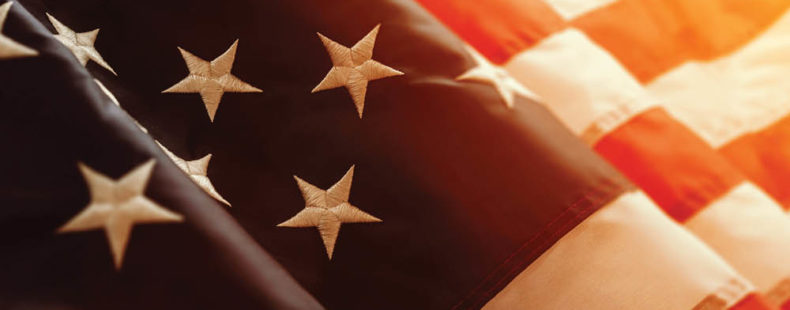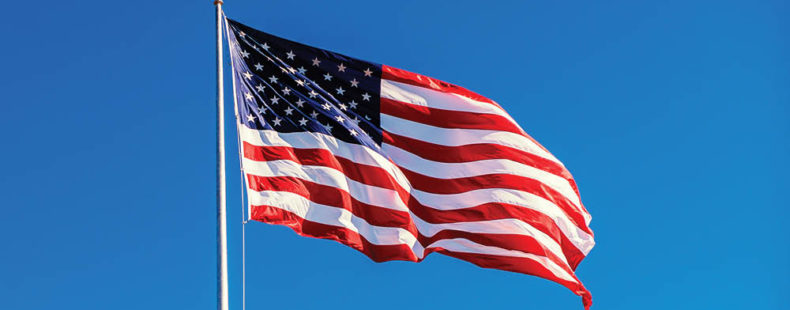On July 4, 1776, the Continental Congress declared the 13 American colonies’ independence from the British monarchy. A little less than a year later, on June 14, 1777, Congress passed a resolution declaring the flag of the United States “be thirteen stripes, alternate red and white; that the union be thirteen stars, white in a blue field, representing a new constellation.” In commemoration of this act, Americans celebrate Flag Day on June 14 every year.
In the nearly 250 years since the Flag Resolution of 1777, 37 stars have been added to the flag, one for each new state. Over the course of that history, the flag of the United States of America has earned a number of vivid nicknames, not to mention the fact “flag of the United States of America” is quite a mouthful.
You don’t have to be a vexillologist or a red-blooded ‘Murican to find these monikers for the flag of the United States fascinating.


















